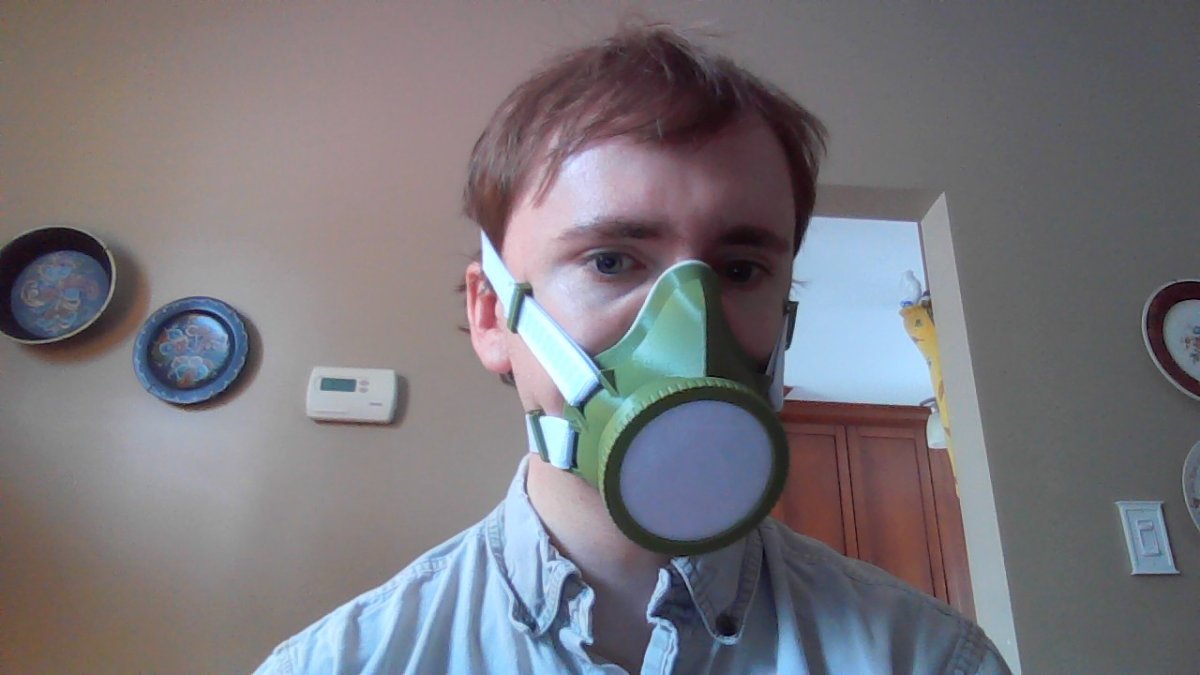N95 masks — they’re so hot right now.

So hot, in fact, that a University of Saskatchewan group is working to supplement the increased demand for the medical-grade respirators during the COVID-19 pandemic.
The team of engineering students and professors is developing a reusable, 3D-printed alternative to N95s, which help protect health-care workers by filtering at least 95 per cent of airborne particles.
“We’re trying to replicate what an N95 mask can do protection-wise, but in terms of how it’s constructed, not necessarily,” mechanical engineering graduate student Erik Olson told Global News.
The prototype is made of tough plastic, which presents a challenge when it comes to sealing to people’s faces.
“What we’re looking at is … ‘Okay, how do we make a relatively stiff, hard mask that can form to multiple different faces?” Olson said.
The answer: lining the device with flexible material similar to vinyl weather stripping.
The engineers might create a thicker seal or develop different sizes of masks to fit a variety of faces, Olson said.
“Having adequate personal protective equipment is really vital for anyone involved in dealing with response to this outbreak and that’s something where there has been somewhat of a shortfall,” he said.
The design includes a detachment for filter inserts, which can be tossed.
The team of engineers hopes their design will be used to protect health-care workers in the midst of a global shortage of medical-grade masks.
Engineering professor James Johnston decided to get involved when he heard from American colleagues that their mask supplies were running out.
“They were terrified of contracting the virus and dying themselves or becoming carriers,” Johnston said in a news release.
The prototype is being tested by medical personnel at Saskatoon’s Royal University Hospital for comfort, fit and quality of the seal.
Before the masks can be used in hospitals, they need to be approved by Health Canada and the Saskatchewan Health Authority.
The team hopes to apply for a medical device licence in the next few weeks, Olson said. Getting approval could take more than a month.
Once a final design is approved, up to 60 masks per day could be manufactured using USask’s 3D printers.
USask students intend to share the design plans online, so the mask can be reproduced by other people with access to a 3D printer.
-With files from Thomas Piller
Questions about COVID-19? Here are some things you need to know:
Health officials caution against all international travel. Returning travellers are legally obligated to self-isolate for 14 days, beginning March 26, in case they develop symptoms and to prevent spreading the virus to others. Some provinces and territories have also implemented additional recommendations or enforcement measures to ensure those returning to the area self-isolate.
Symptoms can include fever, cough and difficulty breathing — very similar to a cold or flu. Some people can develop a more severe illness. People most at risk of this include older adults and people with severe chronic medical conditions like heart, lung or kidney disease. If you develop symptoms, contact public health authorities.
To prevent the virus from spreading, experts recommend frequent handwashing and coughing into your sleeve. They also recommend minimizing contact with others, staying home as much as possible and maintaining a distance of two metres from other people if you go out.
For full COVID-19 coverage from Global News, click here.








Comments